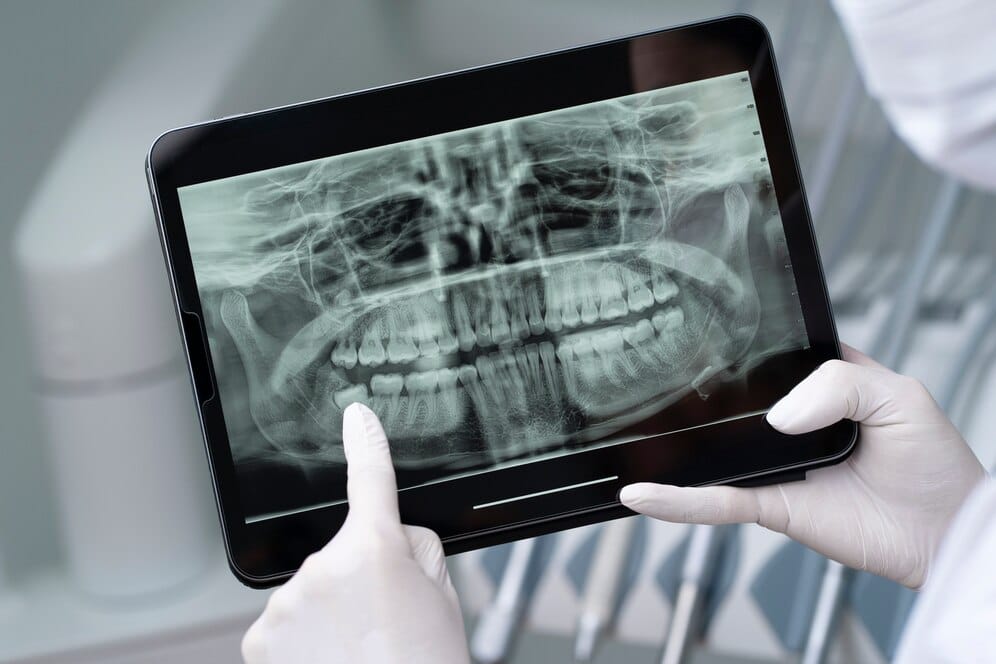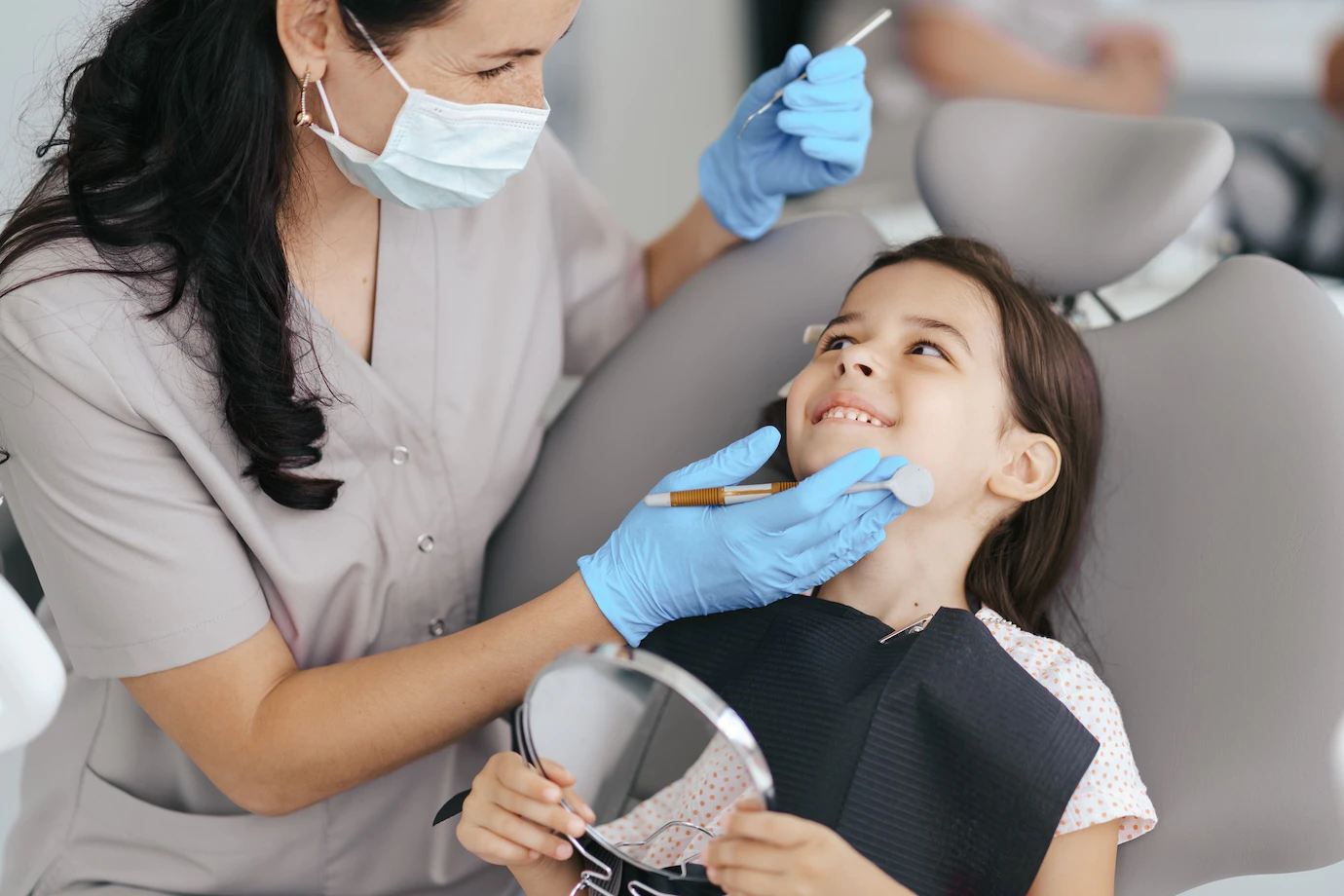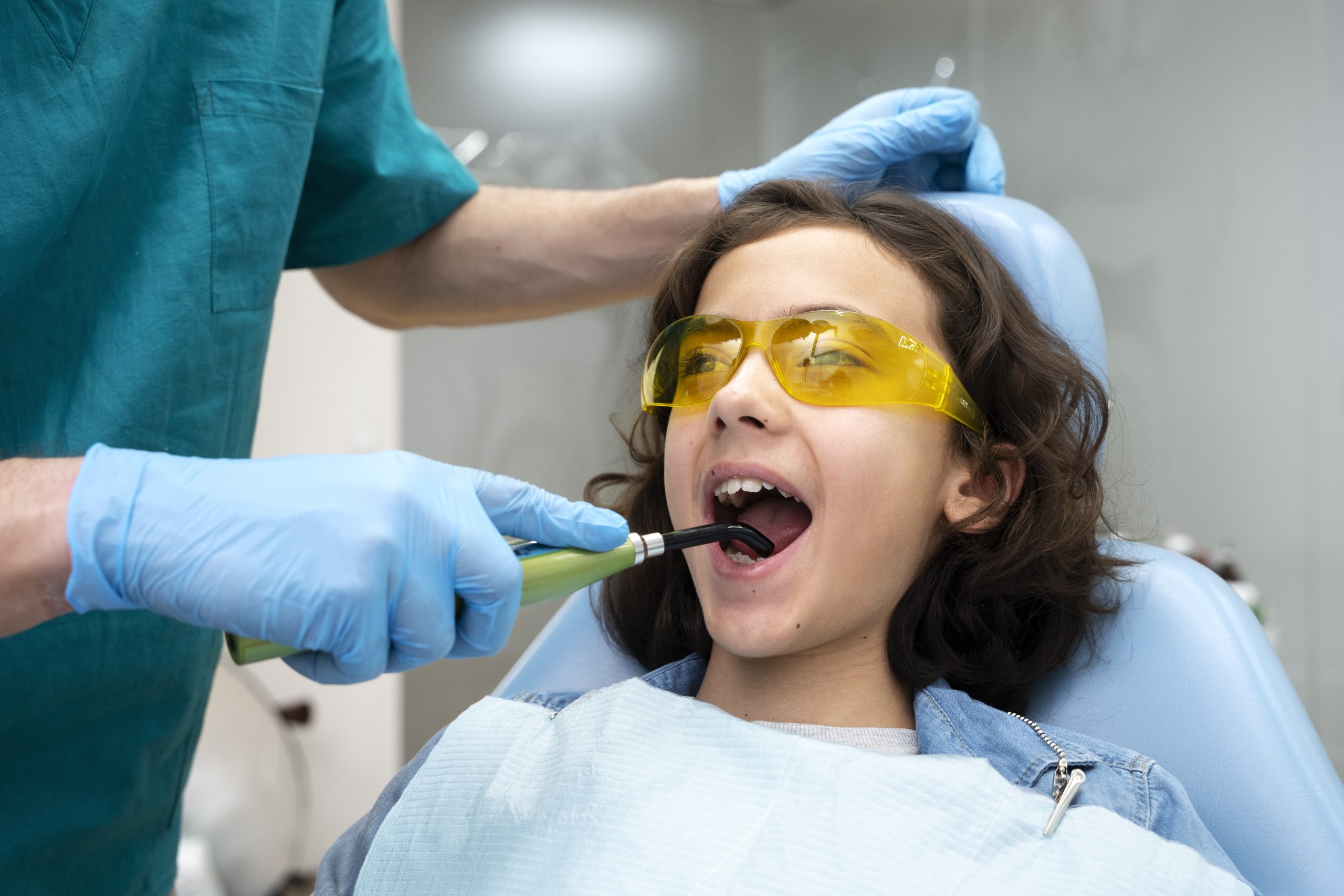Sedation is not always necessary in dental procedures, but it may be recommended or offered for certain procedures or for patients who have a high level of anxiety or fear about the procedure.
Sedation can help to relax the patient and make the procedure more comfortable; it also helps to reduce the patient’s level of awareness and decrease the sensation of pain. It also allows our dentists to perform more extensive procedures in fewer visits.
The type of sedation used will depend on the procedure being performed, the patient’s level of anxiety and the dentist’s preference. The most common types of sedation used in dentistry are:
- Nitrous oxide (laughing gas): a mild sedative that is inhaled through a mask and wears off quickly after the procedure.
- Oral sedation: where the patient takes a pill before the procedure, this method is considered as moderate sedation.
- IV (Intravenous) sedation: where the sedative is administered directly into the bloodstream, this method is considered as moderate to deep sedation.
- General anaesthesia: where the patient is put to sleep, this method is considered as deep sedation.
It’s important to note that sedation is performed by our trained and licensed dental professionals and the appropriate monitoring equipment and trained staff are used to ensure patient safety.
Feel free to discuss all aspects of sedation with our dentists and learn more about which one is the best for you and your specific needs.






